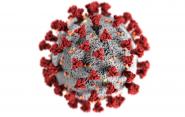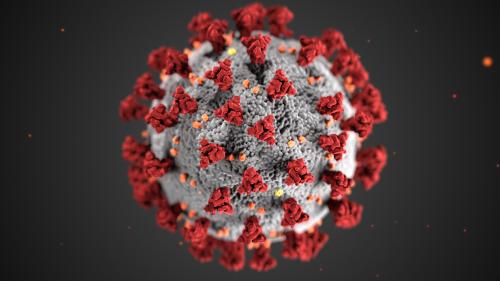Yale's Wastewater Sampling Project Used Throughout CT to Predict COVID-19

Yale’s wastewater sampling project - an effort to predict outbreaks of COVID-19 in communities - has expanded to several locations in Connecticut.
Yale researchers have been sampling New Haven-area wastewater treatment plants since March, and consistently found that the increases and decreases of the virus in sewage sludge have predicted the results reported by individual testing with a lead time five to seven days. Now, in partnership with the state and the Connecticut Agricultural Experimental Station, Yale has expanded the program to Bridgeport, Stamford, Hartford, New London and Norwich. The locations were chosen largely because they’re high-population areas that had COVID-19 outbreaks in the spring.
Yale’s Jordan Peccia who is leading the program, noted that an advance warning is critical information for helping local and state officials contain outbreaks.

“With schools opening up and the State's lockdown easing, this is the time to catch an outbreak or spike in cases, if one is going to happen,” said Peccia, the Thomas E. Golden, Jr. Professor of Chemical & Environmental Engineering.
Deidre Gifford, Acting Commissioner of the Department of Public Health, said that as the state’s response to the COVID-19 pandemic has evolved, “our knowledge of the virus has evolved as well.”
“This effort by Yale will continue the collection of information about the novel coronavirus,” she said. “Our state has been successful at responding to the pandemic, but our success will improve greatly by having the ability to potentially predict the spread. It is our hope that this partnership brings us closer to that day even faster.”
Jason White, Director of the Connecticut Agricultural Experiment Station, said the results of the testing in New Haven show significant promise for other communities in the state.
“The real benefit of this approach is the predictive nature of it because it gives everyone a heads up on what to expect,” White said. “In the next month or two, we’re going to move into a really uncertain period, and having some proactive ability could be crucial.”
Albert Ko, Department Chair and Professor of Epidemiology at the Yale School of Public Health, noted that transmission in the community may occur “silently” before cases are identified by testing and are recognized and that the number of hospitalizations – a commonly used indicator for COVID-19 – certainly doesn’t give enough lead time.
“By the time you get hospitalizations, we know that community transmissions have been happening for at least two, three, four - if not six - weeks,” said Ko, who is working with Gov. Ned Lamont’s office on the state’s handling of the coronavirus outbreak. “The key concern for us is how do we prevent a second surge here? We want to make sure we’re ahead of the curve, and not on the curve or behind the curve.”
Collected daily from the treatment plant facilities, the samples first go to Peccia’s lab, where the RNA of the coronavirus is extracted. The levels of coronavirus in the samples are then determined in the lab of CAES scientist Douglas Brackney. The first two weeks of the expanded program, Brackney said, have been a matter of fine-tuning the system to make sure everything is consistent in the testing and sample collections from all the treatment facilities.

